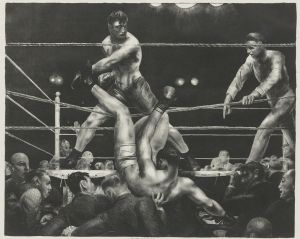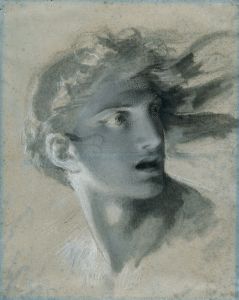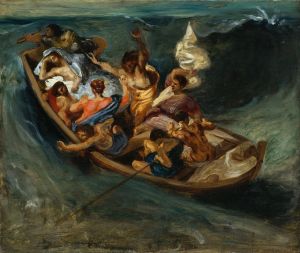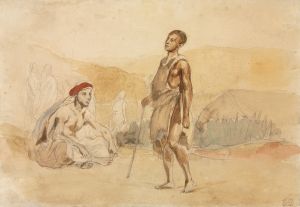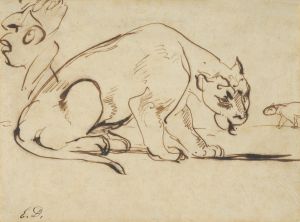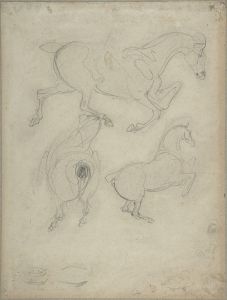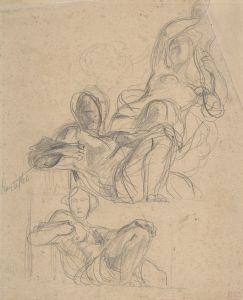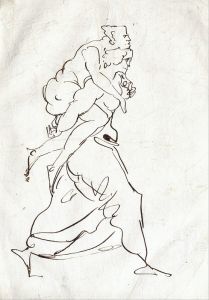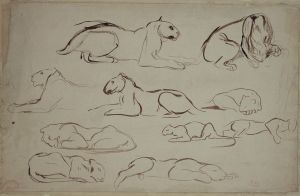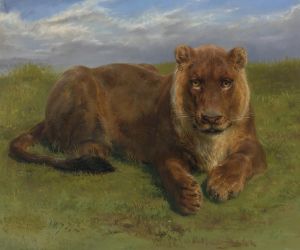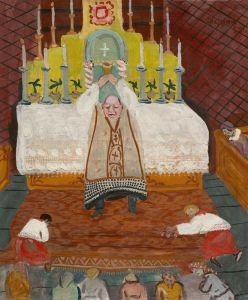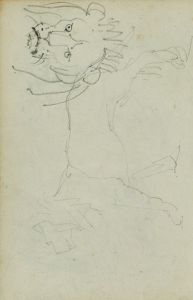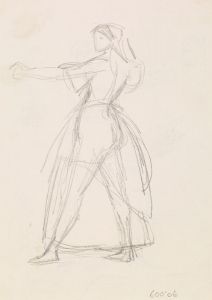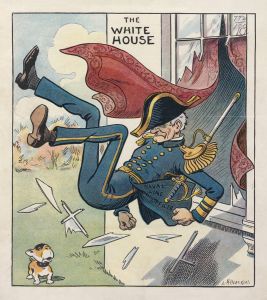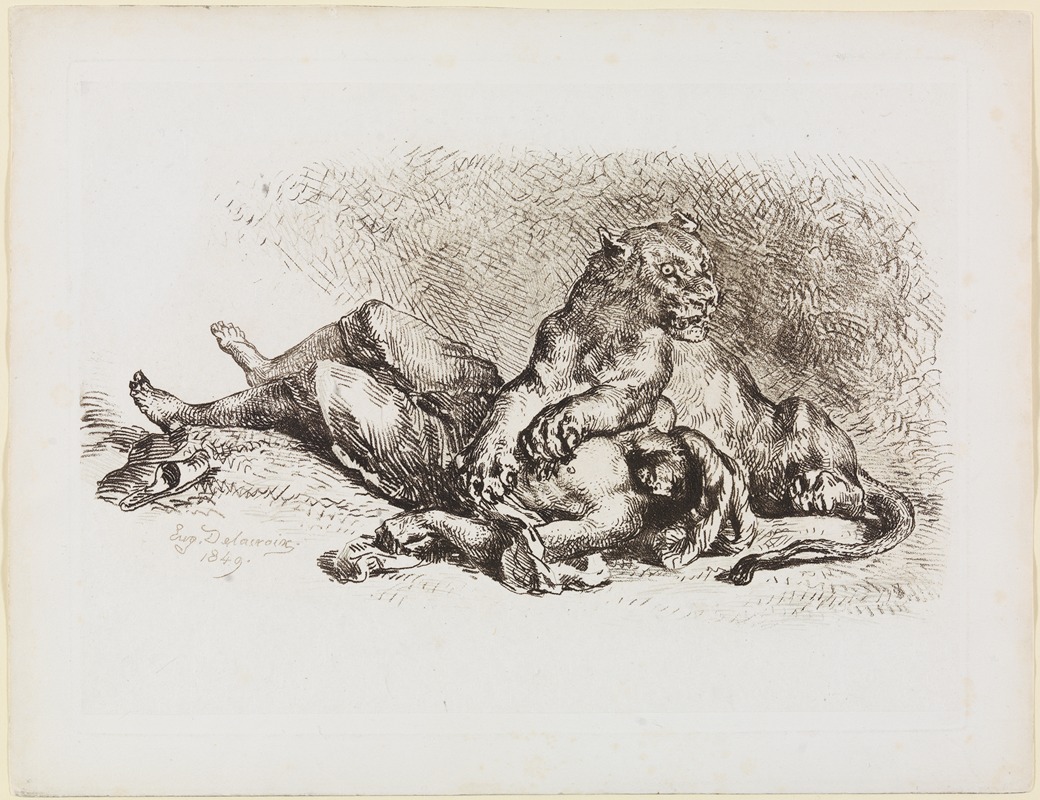
Löwin, die Brust eines Arabers zerreißend
A hand-painted replica of Eugène Delacroix’s masterpiece Löwin, die Brust eines Arabers zerreißend, meticulously crafted by professional artists to capture the true essence of the original. Each piece is created with museum-quality canvas and rare mineral pigments, carefully painted by experienced artists with delicate brushstrokes and rich, layered colors to perfectly recreate the texture of the original artwork. Unlike machine-printed reproductions, this hand-painted version brings the painting to life, infused with the artist’s emotions and skill in every stroke. Whether for personal collection or home decoration, it instantly elevates the artistic atmosphere of any space.
Eugène Delacroix, a leading figure of the French Romantic movement, is renowned for his dynamic compositions and vibrant use of color. One of his lesser-known works, "Löwin, die Brust eines Arabers zerreißend" (translated as "Lioness Tearing at the Chest of an Arab"), exemplifies his fascination with exotic and dramatic subjects. Painted in 1844, this work reflects Delacroix's interest in the themes of violence and the untamed forces of nature, which were common in Romantic art.
Delacroix was deeply influenced by his travels to North Africa in 1832, which left a lasting impact on his artistic vision. The journey provided him with a wealth of visual inspiration, and he was particularly captivated by the landscapes, people, and animals he encountered. This experience is evident in "Löwin, die Brust eines Arabers zerreißend," where the artist captures a moment of intense drama and emotion.
The painting depicts a lioness attacking an Arab man, a scene that conveys both the power and ferocity of the animal and the vulnerability of the human figure. Delacroix's use of color and brushwork enhances the sense of movement and tension within the composition. The lioness is rendered with a sense of vitality and energy, her muscles taut and her claws extended, while the man's expression and posture convey a sense of desperation and struggle.
Delacroix's technique in this painting is characteristic of his broader oeuvre. He employs a rich palette, with bold contrasts between light and shadow, to create a sense of depth and intensity. The brushstrokes are loose and expressive, a hallmark of his style, which allows for a dynamic and fluid representation of the scene. This approach not only captures the physicality of the moment but also evokes an emotional response from the viewer.
The subject matter of "Löwin, die Brust eines Arabers zerreißend" aligns with the Romantic fascination with the exotic and the sublime. During the 19th century, there was a growing interest in the depiction of non-European cultures and landscapes, often romanticized and dramatized in the arts. Delacroix, like many of his contemporaries, was drawn to these themes, which offered a departure from the classical and neoclassical traditions that had dominated European art.
While this painting may not be as widely recognized as some of Delacroix's other works, such as "Liberty Leading the People" or "The Death of Sardanapalus," it nonetheless exemplifies his mastery of color, composition, and emotional expression. It also reflects the broader cultural and artistic currents of the time, highlighting the Romantic era's preoccupation with emotion, nature, and the exotic.
In summary, "Löwin, die Brust eines Arabers zerreißend" is a testament to Eugène Delacroix's skill as a painter and his ability to convey powerful narratives through his art. The painting captures a moment of intense drama and emotion, showcasing the artist's fascination with the untamed forces of nature and the exotic. Through his dynamic use of color and expressive brushwork, Delacroix creates a composition that is both visually striking and emotionally resonant, embodying the spirit of the Romantic movement.





